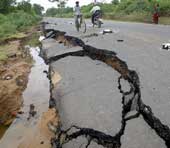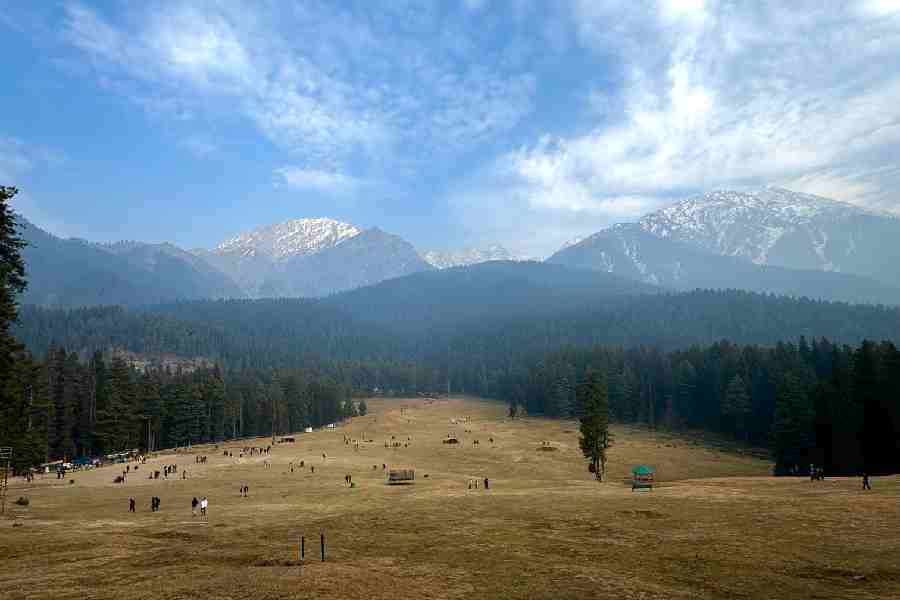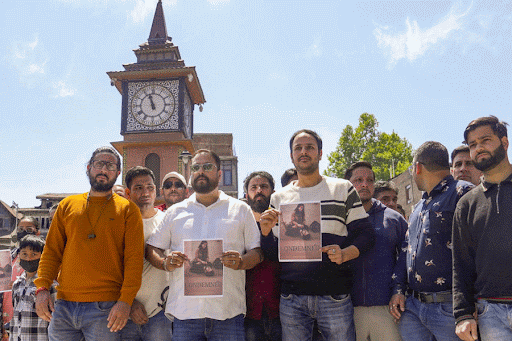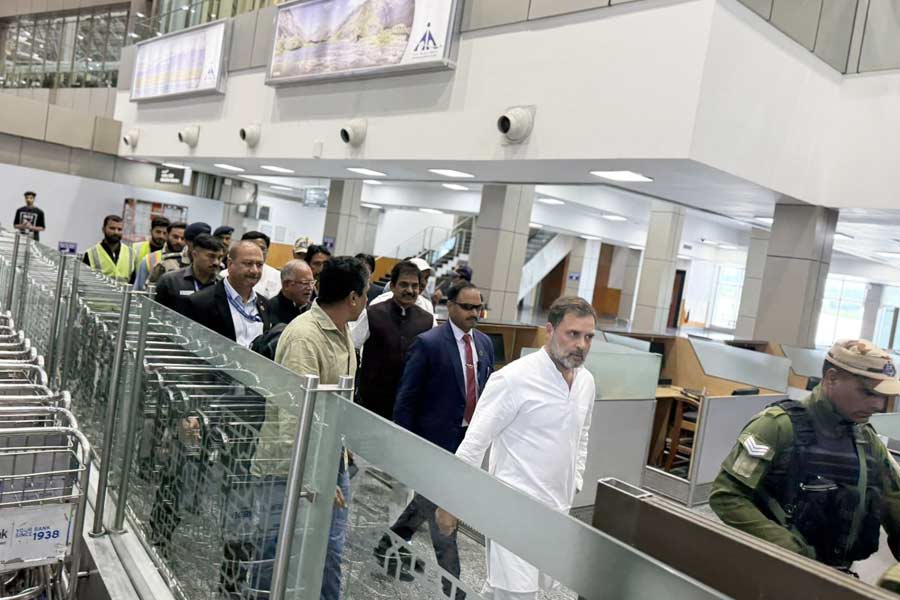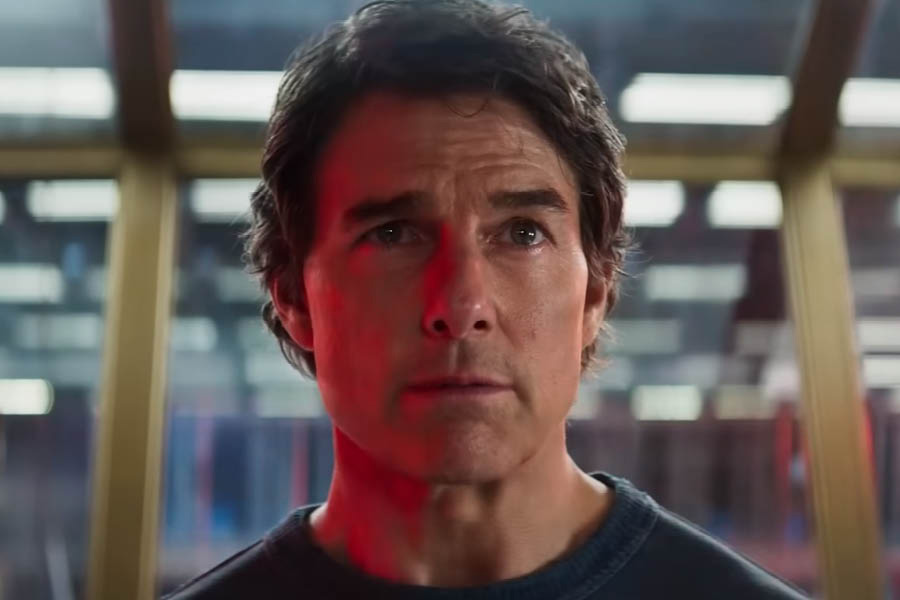|
|
From being infra dig, infrastructure has now become a buzzword and everyone talks about infrastructure. Infrastructure means all the various components that support any system and need not be economic infrastructure alone. Indeed, when the term first began to be used in 19th-century France, it was applied to defence. In its economic sense, the first usage dates to 1927 and after a book was published in the United States of America in 1981, questioning lack of investments in creation and maintenance of infrastructure, the economic usage became much more widespread. If one asks around for examples of economic infrastructure, most instances people think of will be under one of three possible heads. First, there are transport-related items like roads, railways, airports, civil aviation, shipping, sea-ports and public transport. Second, there are public utilities like oil and gas, water (both drinking and irrigation), electricity and telecom. Third, there are public services like sewage treatment, sanitation, waste treatment, radio, TV, education, health, law and order, the court system and defence, although a few of these can be classifed under an additional category of social infrastructure. Sometimes, urban and rural infrastructure are listed separately, but all the assorted items under these two heads figure in the earlier list. The annual Economic Survey has an infrastructure chapter and that also mentions coal, cement and steel.
What is special about these infrastructure items? Most people will say these are public goods (or services) and must therefore be provided by the State. The expression ‘public good’, as used by economists, is a technical term. A public good is characterized by two traits — non-rivalry and non-exclusion. The former means that one person’s consumption does not diminish the prospects of another person’s consumption. The latter means that people cannot be excluded from consuming, so one cannot rule out the possibility of free riders. These two traits taken together imply that there can’t be prices. There can’t be markets if there aren’t appropriate prices and this argument of market failure is therefore cited as the main reason for State provisioning.
Such pure public goods are almost impossible to think of, unless it is something like a beautiful sunset. With oxygen bars beginning to surface, it is doubtful that even fresh air can be classified as a pure public good. There are tolls on some roads now, encryption is possible on TV channels, law and order has been privatized by the relatively rich through employment of private security guards and in eastern Uttar Pradesh, Chhattisgarh and Bihar, the only credible criminal justice delivery system is private.
The advance of technology and possibilities of unbundling have made all kinds of combinations possible. While we debate the pros and cons of privatization, the poor in urban slums have already resorted to the privatized supply of water and electricity, since they have no other choice.
Yet another argument, that of natural monopolies, also has doubtful validity. After all, the railways in India evolved in the 19th century through private initiative. The ownership of rolling stock is not the same as ownership of tracks. And what natural monopoly is there in running catering services? Natural monopoly arguments are also linked to size of capital investments. But with innovative financial insturments, including financing through the debt rather than the equity route, it is unlikely that lumpiness and size of investments are deterrents to private-sector initiative. The monopolies are typically unnatural, because they result from government licensing. It is true that entry barriers can be erected through existing players, such as unfair or restrictive business practices. That’s the province of competition policy and regulation and is an argument against a public-sector monopoly as well.
However, one should also remember that monopoly definitions are a function of how the product is being described. Railways may seem to be a monopoly, but not if we consider competition from road transport and civil aviation as factors. There are always substitution possibilities.
Finally, the last argument in favour of public sector provisioning is a ‘merit good’ argument, a merit good being one that needs to be subsidized. There are three problems with this argument. First, we tend to presume the poor can’t and won’t pay. But in several sectors — school education, sanitation, drinking water, power, health — there is evidence to show that the poor do pay, if the quality of provisioning improves. Second, subsidies cannot mean low prices for everyone. Subsidies have to be targeted towards those who actually deserve them. Third, there are better ways of providing subsidies and all subsidies in India tend to be urban-centric. In a more general vein, if the State has to finance infrastructure, there is no particular reason why it has to produce that infrastructure itself.
The figures have been often repeated, but are worth repeating again. In 1980, China and India had more or less the same levels of infrastructure stock, and look where China is today, partly a reason for China’s relatively higher capital/ output ratio. Indian manufacturers face a 10 per cent cost disadvantage on account of inadequate infrastructure alone. It is not surprising that throughout east Asia, 15-20 per cent of manufacturers possess diesel-generating sets, while the figure is 61 per cent for India. The costs of taking down a container from north India to Mumbai are more than the costs of taking that container from Mumbai to Rotterdam. Had we had efficient infrastructure, the increment to gross domestic product growth would have been two per cent.
Between now and 2015, we need to spend at least 10 per cent of GDP on infrastructure. But we have been spending around 3.5 per cent. It is not that we haven’t had successes. Telecom is the obvious one, the most obvious failure being power. I personally think that the next big revolution, yet unheralded, is going to be in roads, not just through the national highway development programme, but through feeder roads, including the Pradhan Mantri Gram Sadak Yojana. Whether it is a capitalist or a socialist country, there have been investments in education, health, roads and power. And despite the Preamble to our Constitution, the slip is showing and infrastructure is becoming a binding constraint to growth that is in the 8 per cent-plus league.
How do we solve the problem? The answer isn’t simple, because what works for one form of infrastructure, doesn’t work for others. Besides, some infrastructure issues are with the Union government. There are other sectors where the responsibility is with state governments, and even local bodies. However, there are some general lessons.
First, infrastructure is not just about creation of new assets, but also about maintenance. Build-Operate-Transfer may be important, but we also need to get out of the syndrome of Build-Neglect-Rebuild. Second, there has to be better monitoring of public expenditure and linkage to tangible improvement in outcomes. If you want to be shocked, read any CAG report. There are also issues connected with decision-making processes within government. Third, privatization doesn’t mean handing things over to the corporate private sector. Several models are possible, including handing over of public assets to private-sector management and involvement of communities and user groups.
Fourth, there have to be appropriate user charges, with targeted subsidies. Fifth, countervailing pressure by civil society, media and NGOs can work wonders in terms of improving service delivery. Sixth, even if the infrastructure item is not in the Union List, the Centre can catalyse and trigger reforms. Our infrastructure is creaking. But at least, we have begun thinking about it and talking about it. Hopefully, doing something about it will follow.

